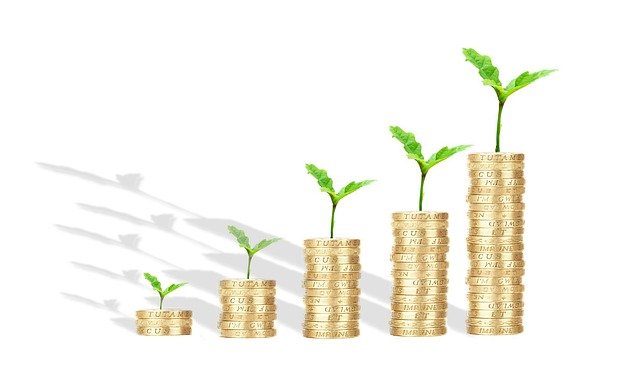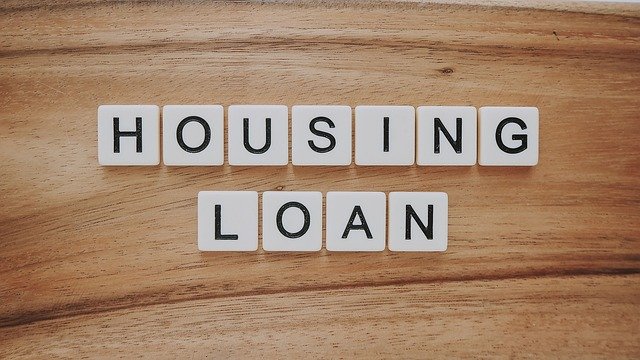Understanding Home Loans for Bad Credit Borrowers
Securing a home loan with poor credit may seem challenging, but various options exist for borrowers with less-than-perfect credit scores. Understanding the different types of subprime mortgage products, qualification requirements, and financing strategies can help you navigate the path to homeownership despite credit challenges.

What are bad credit home loans?
Bad credit home loans are mortgage products specifically designed for borrowers with poor credit scores, typically below 620. These loans acknowledge that traditional lending criteria may exclude qualified borrowers who have experienced financial difficulties but demonstrate current ability to repay. Lenders offering these products often consider factors beyond credit scores, including employment history, debt-to-income ratios, and available down payment amounts.
These specialized mortgage products typically feature higher interest rates and may require larger down payments compared to conventional loans. However, they provide opportunities for homeownership that might otherwise be unavailable through traditional lending channels.
How do subprime mortgage options work?
Subprime mortgages operate differently from prime lending products, with modified underwriting standards that accommodate borrowers with credit challenges. These loans often feature adjustable interest rates that may start lower but can increase over time. Some subprime options include interest-only payment periods or balloon payments that require refinancing or full payment after a specified term.
Lenders typically compensate for increased risk by charging higher fees and interest rates. The approval process may involve more documentation and stricter verification of income and assets. Many subprime lenders also require mortgage insurance or private mortgage insurance to protect against potential defaults.
What are effective poor credit housing finance strategies?
Successful poor credit housing finance requires strategic planning and preparation. Building a larger down payment can significantly improve loan terms and demonstrate financial commitment to lenders. Paying down existing debts to improve debt-to-income ratios makes applications more attractive to potential lenders.
Working with credit repair services or independently addressing credit report errors can boost scores before applying. Some borrowers benefit from co-signers with stronger credit profiles, while others explore rent-to-own agreements or owner financing arrangements that bypass traditional lending requirements entirely.
Are there specific mortgage loans for bad credit?
Several mortgage programs specifically accommodate bad credit borrowers. FHA loans accept credit scores as low as 500 with 10% down payments, or 580 with 3.5% down. VA loans for eligible veterans and service members often have more flexible credit requirements than conventional mortgages.
USDA rural development loans and some state and local first-time homebuyer programs also feature relaxed credit standards. Non-QM (non-qualified mortgage) lenders offer alternative documentation loans for self-employed borrowers or those with unique financial situations that don’t fit traditional lending boxes.
How can you qualify for a low credit score mortgage?
Qualifying for a low credit score mortgage requires demonstrating financial stability despite past credit challenges. Lenders typically want to see steady employment history, preferably two years with the same employer or in the same field. Maintaining consistent income and avoiding new debt applications during the mortgage process improves approval chances.
Documenting compensating factors like significant savings, professional licenses, or completed financial counseling courses can strengthen applications. Some lenders require explanatory letters detailing credit issues and steps taken to resolve financial problems.
| Lender Type | Minimum Credit Score | Down Payment | Interest Rate Range |
|---|---|---|---|
| FHA Loans | 500-580 | 3.5%-10% | 6.5%-8.0% |
| VA Loans | No minimum | 0% | 6.0%-7.5% |
| Subprime Lenders | 500-580 | 10%-20% | 8.0%-12.0% |
| Credit Unions | 580-620 | 5%-10% | 7.0%-9.0% |
Prices, rates, or cost estimates mentioned in this article are based on the latest available information but may change over time. Independent research is advised before making financial decisions.
Successfully obtaining a mortgage with bad credit requires patience, preparation, and realistic expectations about available terms. While interest rates and fees may be higher than prime lending products, these loans provide valuable pathways to homeownership for borrowers working to rebuild their financial standing. Comparing multiple lenders and loan programs helps identify the most favorable terms available for individual circumstances.




